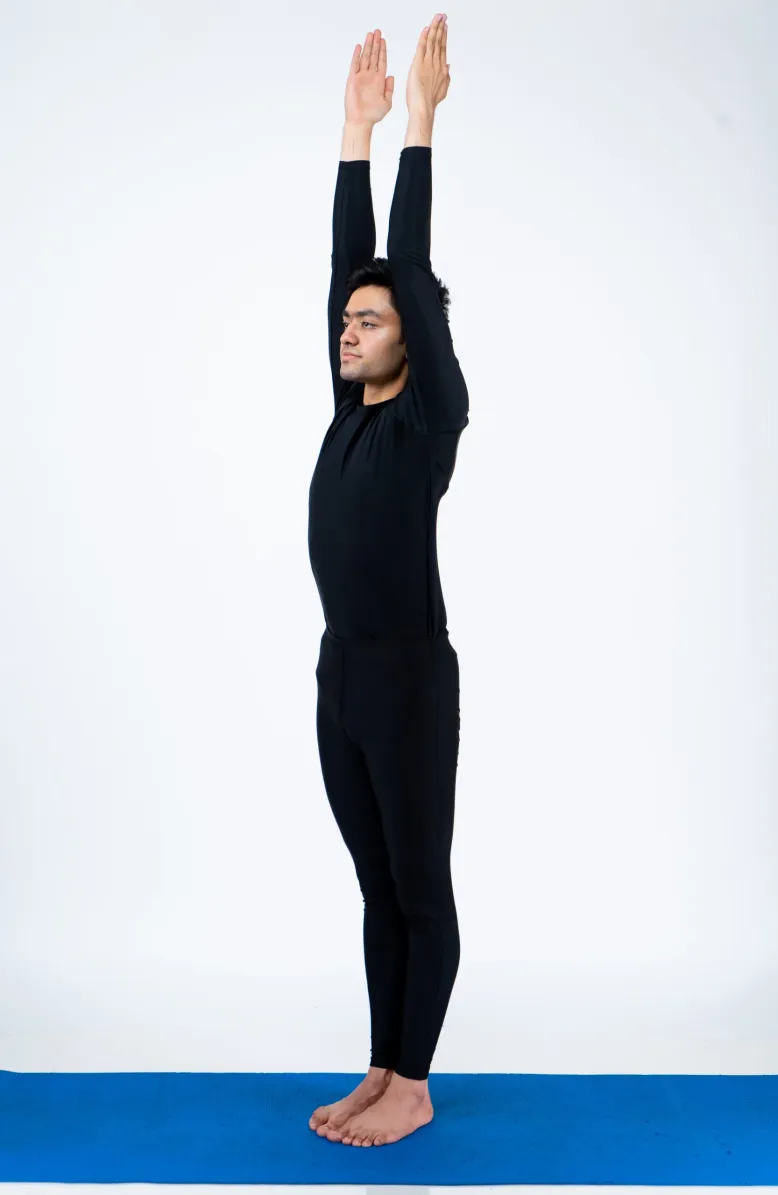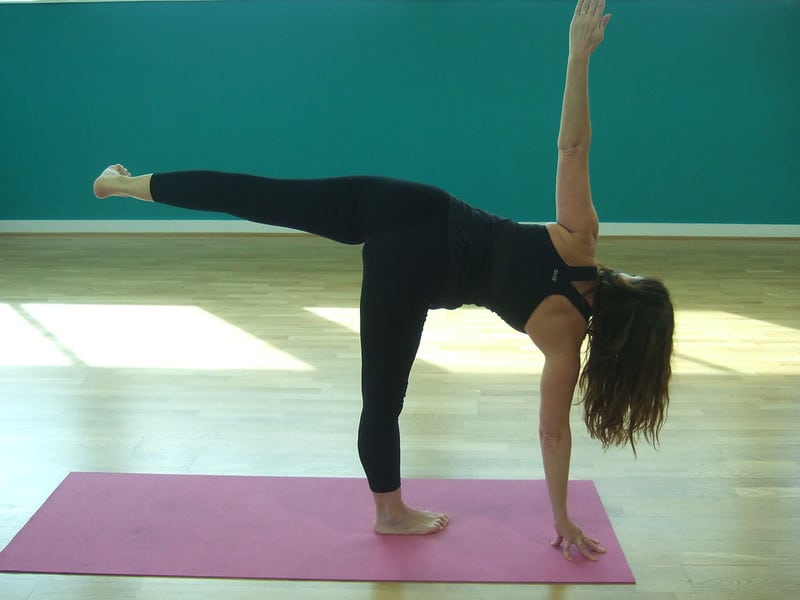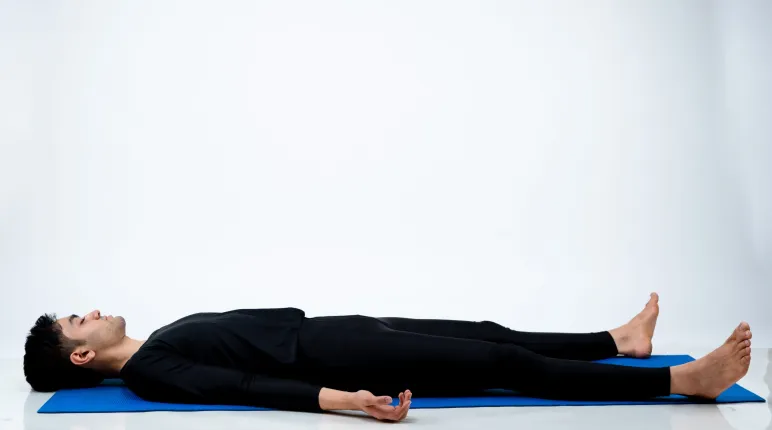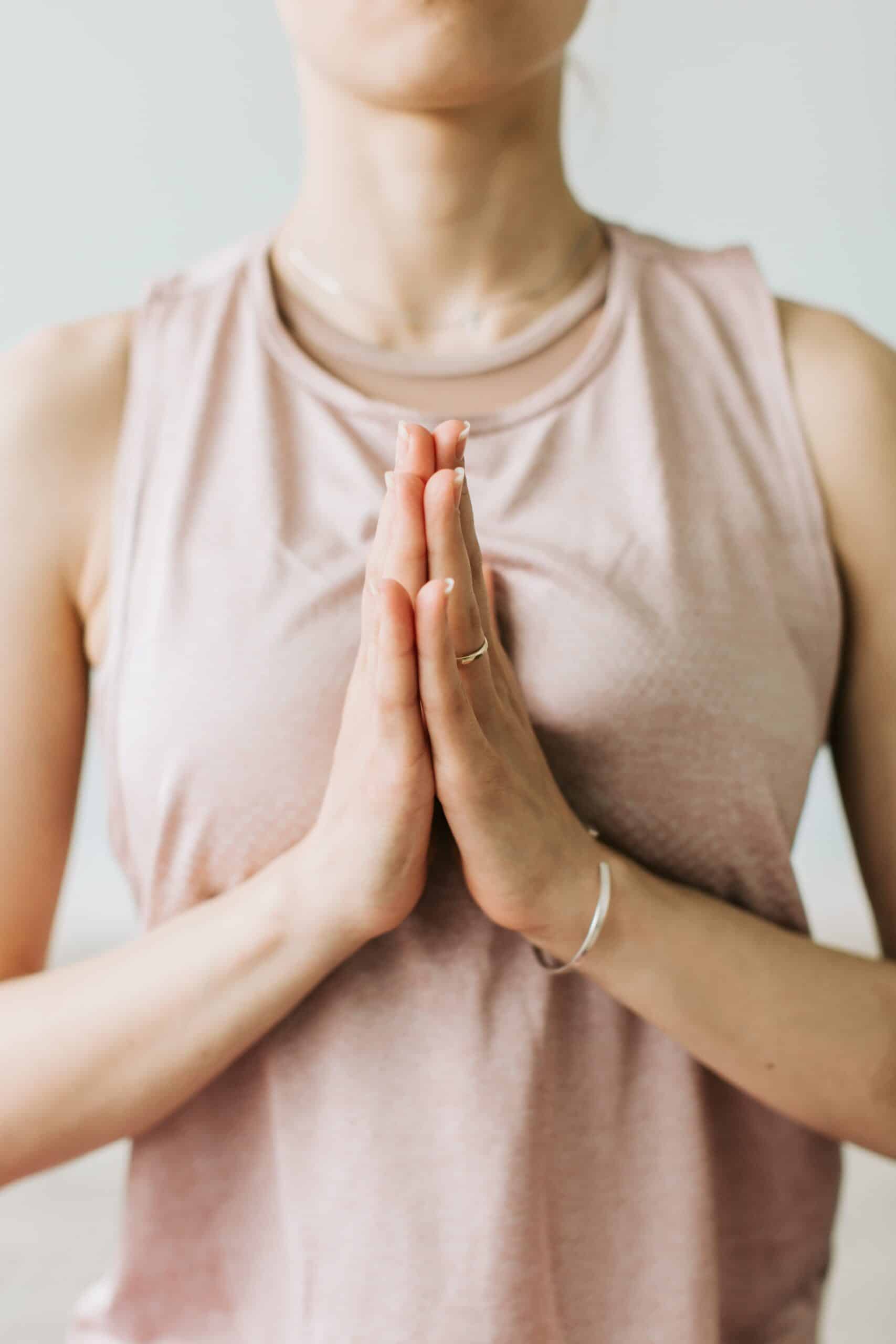Urdhva Hastasana, often called Upward Salute Pose or Palm Tree Pose, is a basic standing pose in yoga.
It is a full-body stretch that improves posture, strengthens the legs, and opens up the shoulders, chest, and spine. Urdhva Hastasana is a common position seen in many yoga sequences, including the Sun Salutation.
Table of Contents
ToggleThe Meaning of Urdhva hastasana
The word “Urdhva” comes from the Sanskrit word “ūrdhva” which means “raised” or “upward”. “Hasta” translates to “hand” and “asana” means “posture” or “seat”. Therefore, Urdhva Hastasana literally translates to “Upward Hands Pose”
Benefits of Urdhva Hastasana:
Urdhva Hastasana provides several physical and mental advantages. Here are some of the main benefits:
- Improved Posture: Urdhva Hastasana lengthens and strengthens the spine, which improves posture. Reaching your arms aloft causes your chest to expand and your shoulders to roll back, which can aid in the correction of hunching and rounding.
- Increased Flexibility: This position extends the shoulders, chest, sides, and back. You may increase your flexibility in these regions by raising your arms above and stretching your sides.
- Strengthened Legs: Urdhva Hastasana needs you to use your leg muscles, namely your quadriceps and hamstrings. This might help you strengthen your legs and gain balance.
- Improved Balance: Balancing on one leg might help you gain general balance.
- Increased Energy: Urdhva Hastasana can assist reenergize the body. The stretch might assist to increase circulation and blood flow throughout the entire body.
- Mental Clarity: This position might help you achieve more mental clarity and focus. Stretching the spine and chest can assist to free up the airway and enhance blood flow to the brain.
Mental and Emotional Benefits:
Beyond its physical consequences, Urdhva Hastasana provides tremendous mental and emotional advantages, fostering calm, clarity, and inner peace. Some of the advantages include:
- Relaxing the mind and relieving tension and anxiety.
- Improves mental attention and concentration.
- Developing an attitude of thankfulness and openness toward oneself and others.
- Increasing mood and improving general emotional well-being.
- Encourages self-awareness and introspection, resulting in a stronger connection with one’s inner self.
How To Do Urdhva Hastasana
Proper posture is critical for maximizing the benefits of Urdhva Hastasana while reducing the chance of injury. Here’s a step-by-step tutorial for doing the pose:
- Begin in Tadasana (Mountain Pose), standing tall with feet hip-width apart and arms beside the body.
- Inhale deeply, using your core muscles as you sweep your arms upward, palms facing each other.
Maintain a comfortable posture with your shoulders and avoid hunching up towards your ears. - Lengthen the spine and gradually elevate the chest, keeping the abdominal muscles slightly engaged to support the lower back.
- Press hard onto your feet, transferring your weight equally between both.
Focus on the breath and maintain a sensation of calm by gazing softly at your hands or closing your eyes. - Hold the posture for 3-5 breaths, or longer if comfortable, before exhaling and returning to Tadasana.
Adding Urdhva Hastasana to Your Practice:
Urdhva Hastasana can be done as a solitary position or as part of a sequence like Surya Namaskar or Vinyasa movement. Here are some suggestions for adding the posture into your yoga routine:
- Start your practice with a few rounds of Surya Namaskar to warm up your body and prepare for deeper stretches like Urdhva Hastasana.
- For a balanced practice, incorporate Urdhva Hastasana into your standing pose sequence, tying it to other asanas like Uttanasana (Forward Fold) or Virabhadrasana (Warrior Pose).
- Experiment with numerous variants and adaptations of Urdhva Hastasana to see what feels best for your body, paying attention to your body’s cues and practicing with mindfulness and awareness.
- Practice Urdhva Hastasana on a regular basis, progressively increasing the pose’s length and intensity as your strength and flexibility develop.
Variations and modifications:
Urdhva Hastasana may be tailored to individual requirements and skills, making it suitable for practitioners of all levels. Some variants and changes include:
- Using a strap: For people who have restricted shoulder mobility, a yoga strap can help bridge the distance between their hands, allowing for a deeper stretch without stressing the shoulders.
- Chair variation: Practicing Urdhva Hastasana while sitting on a chair can give support for people who have balance difficulties or mobility limitations, allowing them to reap the benefits of the posture in a safe and accessible way.
- Wall support: Standing with your back against a wall can give stability and support for novices or those striving to improve their alignment in the posture.
- One-legged variation: Lifting one leg off the ground while performing Urdhva Hastasana tests balance and stability while developing the standing leg and core muscles
Precautions and Contraindications:
While upward salute pose is typically safe for most practitioners, there are certain things to consider:
- Individuals with shoulder injuries or ailments, such as frozen shoulder, should exercise caution and seek advice from a competent yoga instructor or healthcare practitioner before attempting the position.
- Pregnant women should practice Urdhva Hastasana with adjustments, avoiding deep backbends and remaining conscious of their shifting center of gravity.
- Those with high blood pressure or vertigo should avoid holding the posture for a lengthy amount of time and instead practice with the help of a wall or chair for extra stability.
- If you encounter any pain or discomfort while practicing Urdhva Hastasana, relax out of the position immediately and check with a yoga instructor or healthcare professional.
Conclusion:
Urdhva Hastasana’s uplifting and spacious character serves as a powerful reminder of the underlying link between mind, body, and spirit in the practice of yoga. By adopting this basic posture into your practice with awareness and intention, you may feel its transformational benefits on all levels of your being, fostering strength, flexibility, and inner harmony as you travel the path of self-discovery and self-realization.
Frequently Asked Question
The phrase “Urdhva Hastasana” comes from the Sanskrit language, where “Urdhva” means “upward” or “raised,” and “Hasta” means “hand.” Thus, the literal translation of “Urdhva Hastasana” is “Upward Hand Pose” or “Raised Arms Pose.”
In this yoga asana, practitioners raise their arms upwards, reaching out to the sky or ceiling, symbolizing openness, expansion, and connection to higher levels of awareness.
The Upward Salute Pose, also known as Urdhva Hastasana, is a yoga posture that benefits the body, mind, and spirit. It improves posture, strengthens the spine, and stimulates circulation.
It promotes mental clarity, focus, and concentration, reduces stress, and cultivates mindfulness. It is often used as a preparatory pose for deeper backbends and holds symbolic significance in yoga philosophy. This versatile pose is suitable for individuals of all levels.
Urdhva Hastasana is a pose that can be beneficial for physical and mental well-being, but it should be practiced with caution for individuals with shoulder injuries, high blood pressure, vertigo or dizziness, pregnancy, and recent abdominal surgery.
It is essential to avoid forcing the pose and consult a healthcare professional or yoga instructor for modifications. Additionally, pregnant women should practice with modifications and avoid deep backbends. Lastly, individuals with underlying health concerns should consult a healthcare professional before practicing Urdhva Hastasana or any other yoga pose.
Tadasana and Hastasana are foundational yoga poses with different primary focuses and alignments.
Tadasana is a fundamental standing posture, focusing on grounding, alignment, and stability. It serves as a foundation for many other poses and sequences.
Hastasana, also known as Raised Arms Pose, involves raising the arms overhead while standing, elongating the spine, opening the chest and shoulders, and stretching the arms upward. Both pose promote alignment and stability, but Tadasana emphasizes grounding and posture.





No Comments